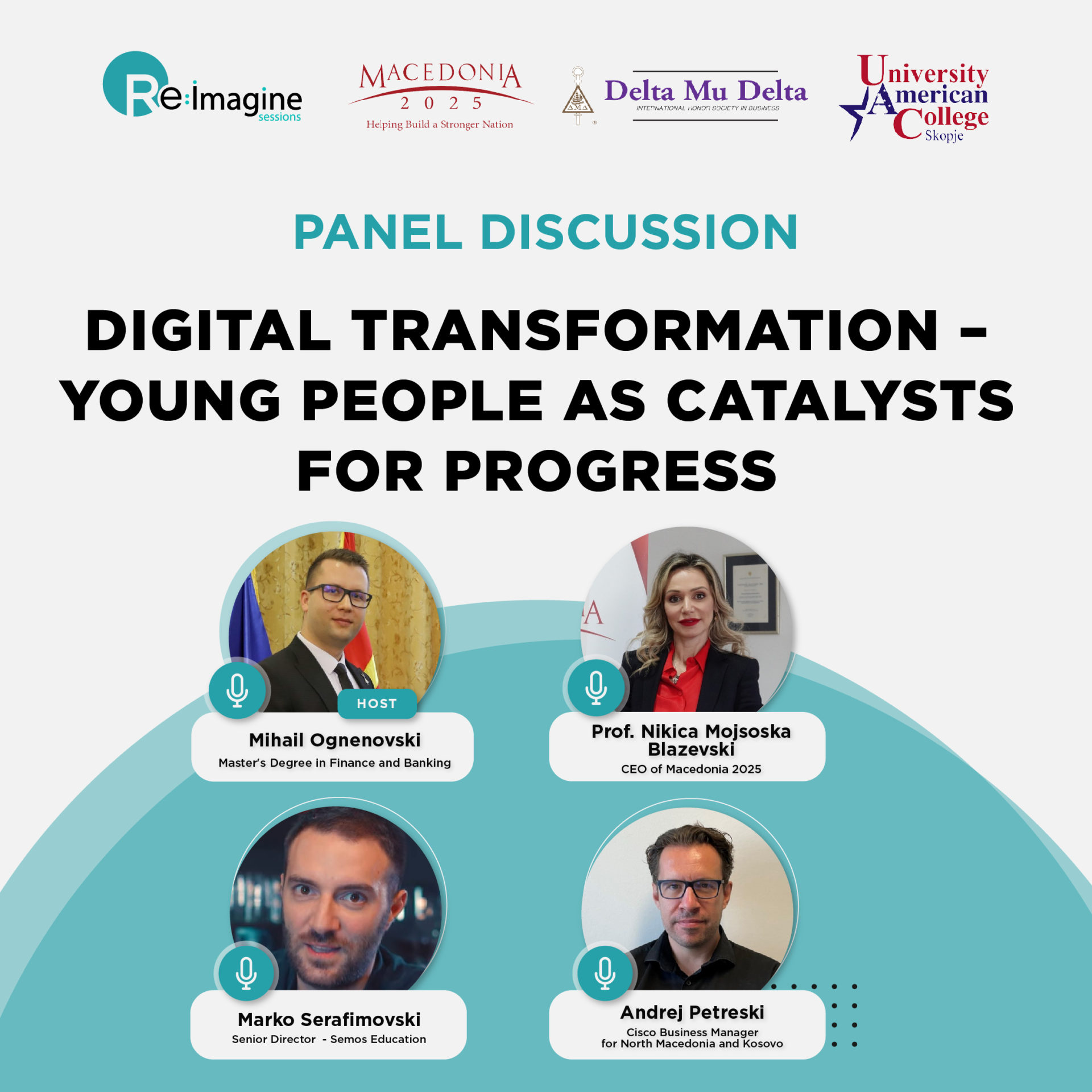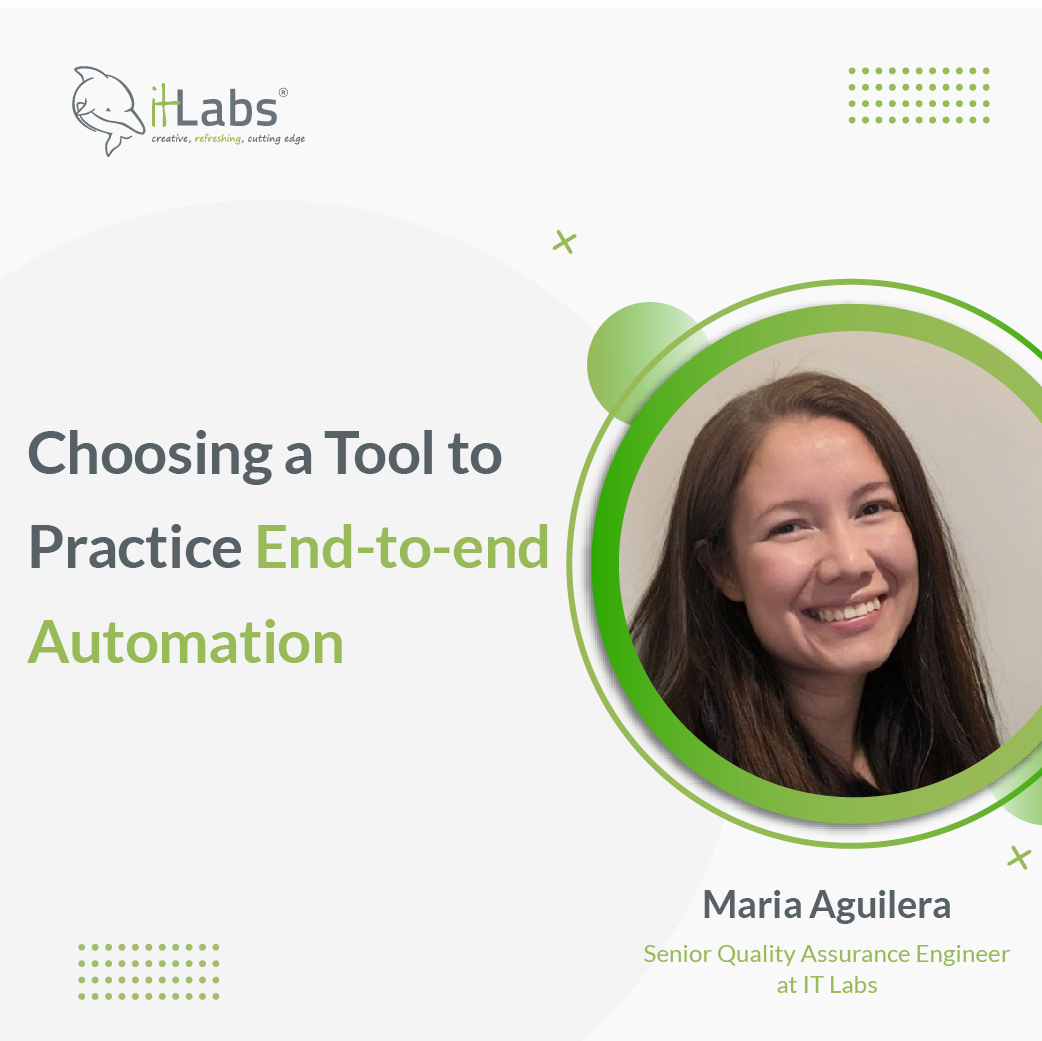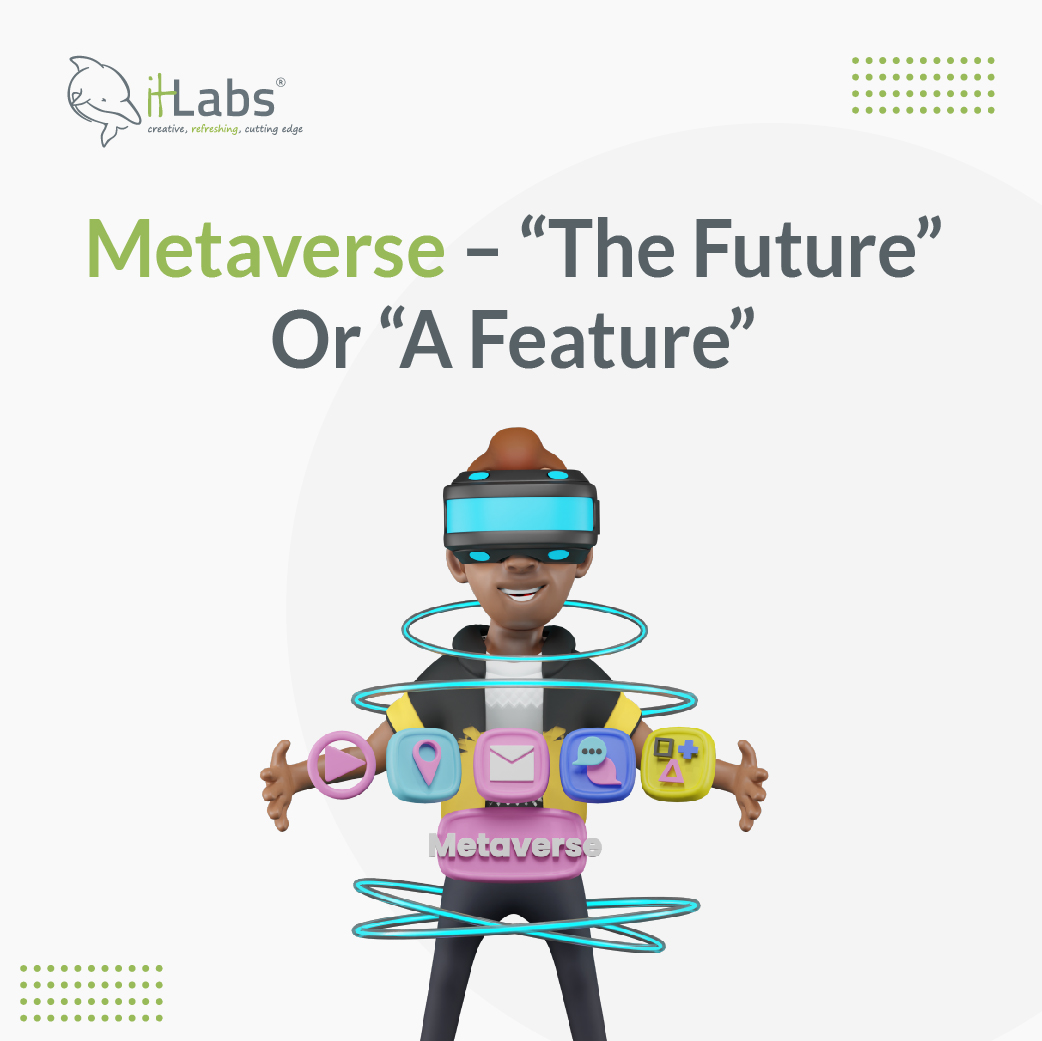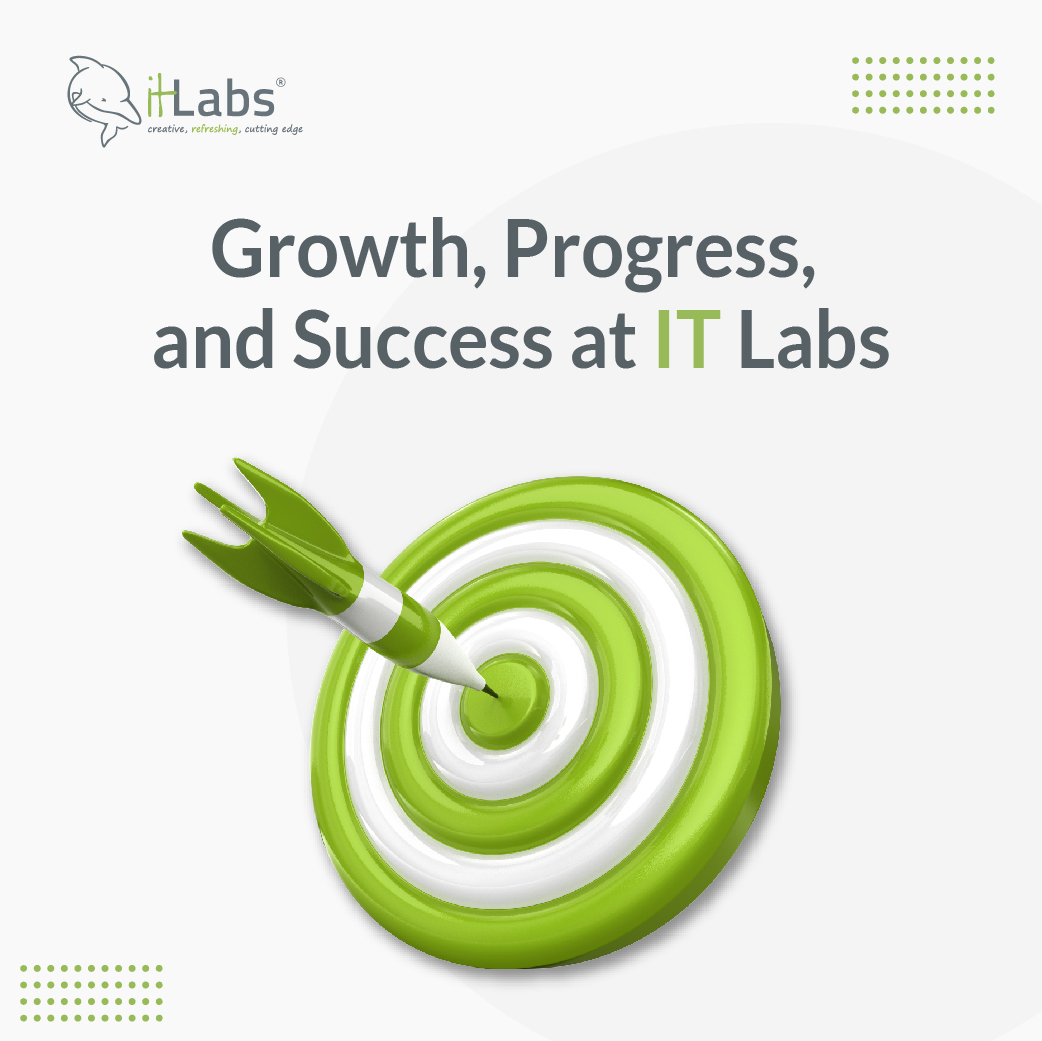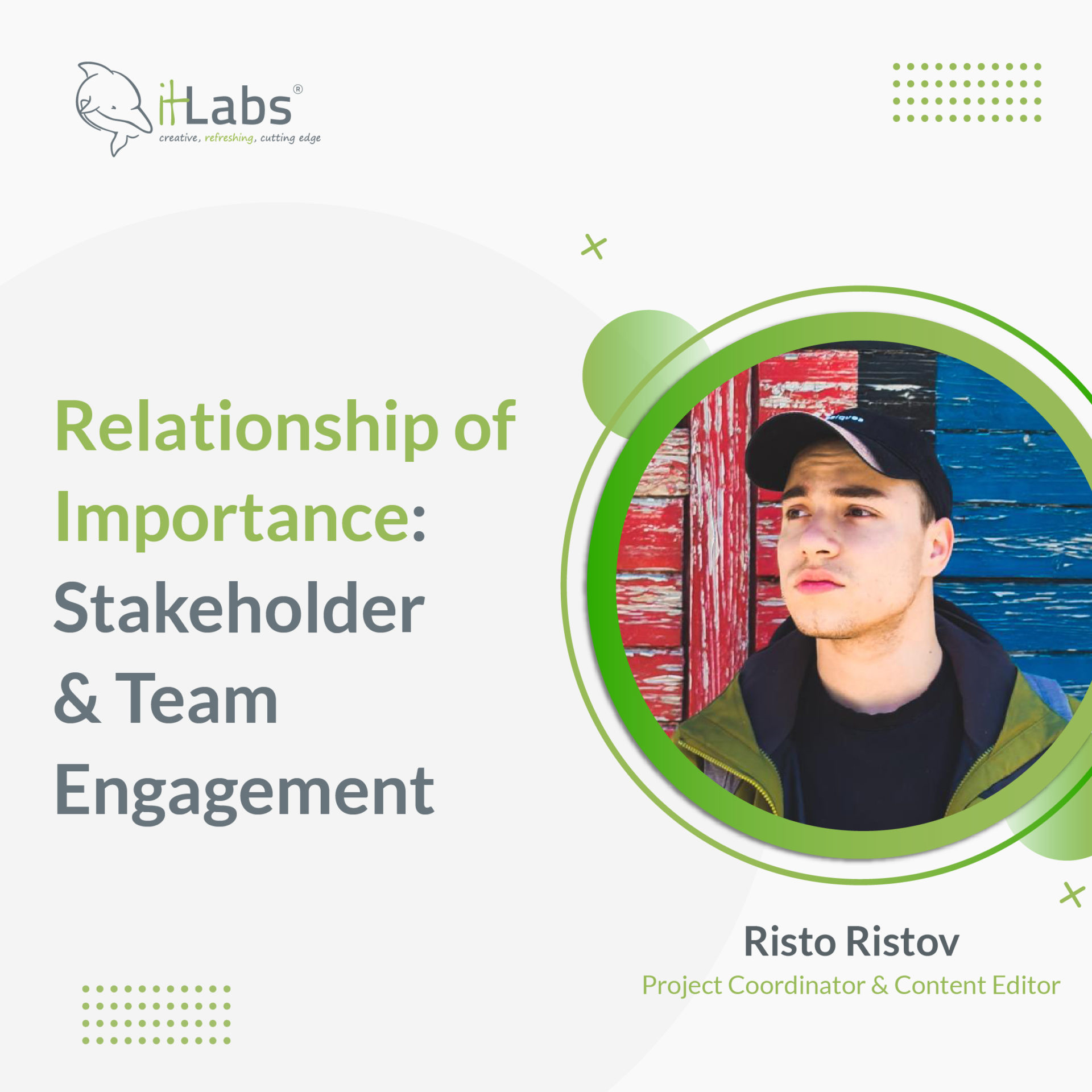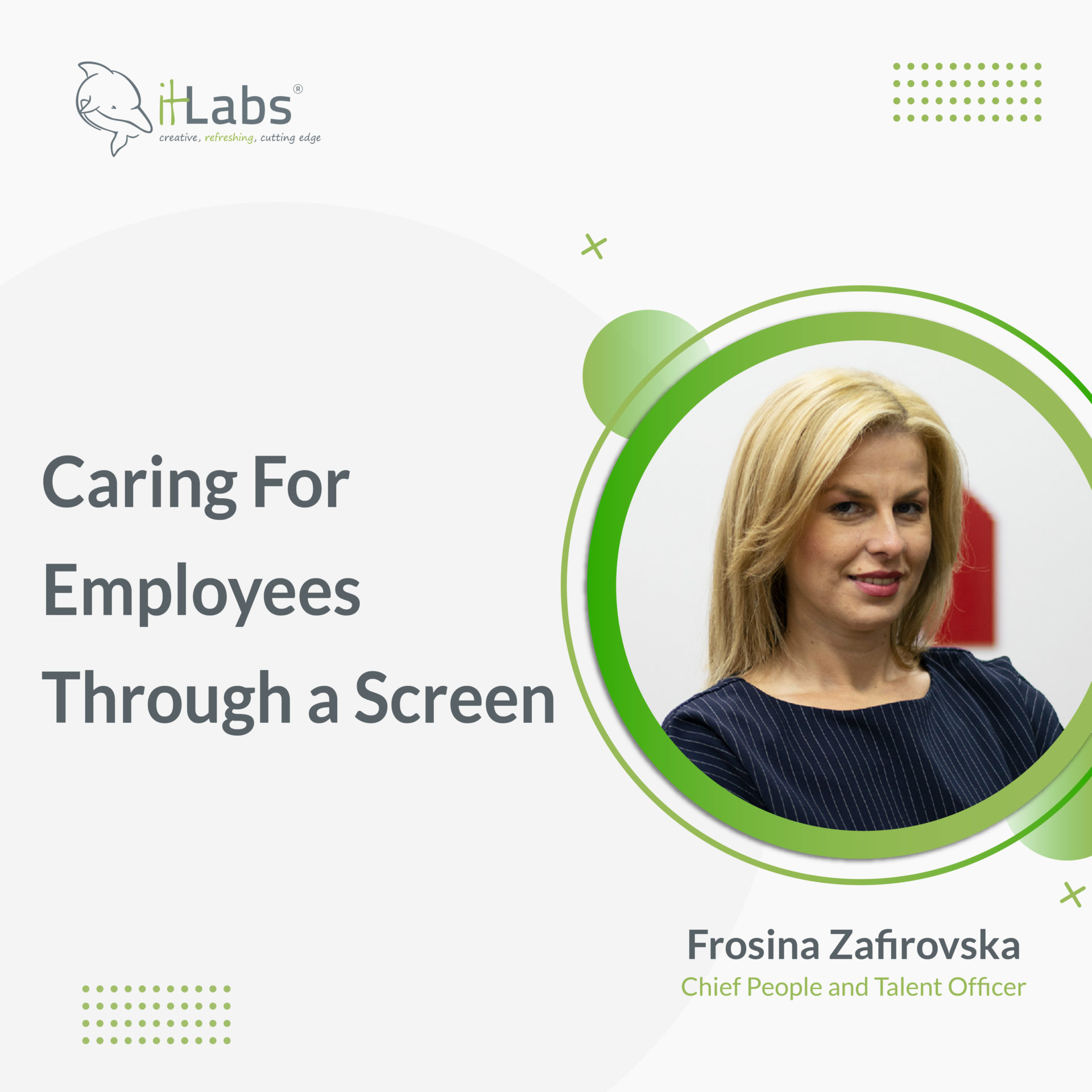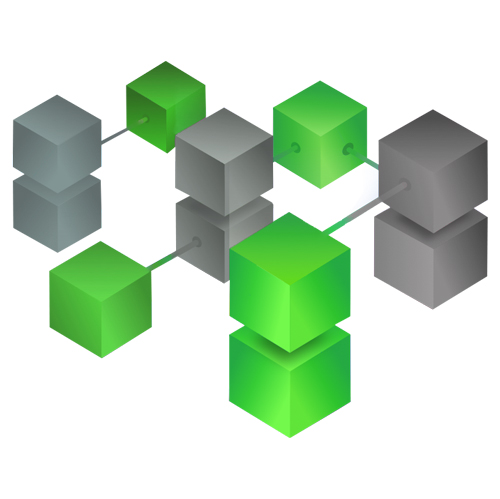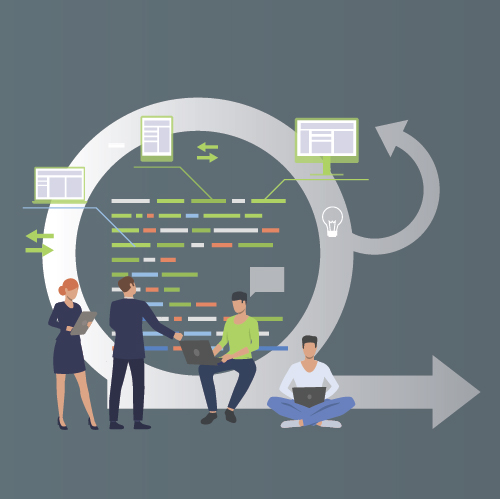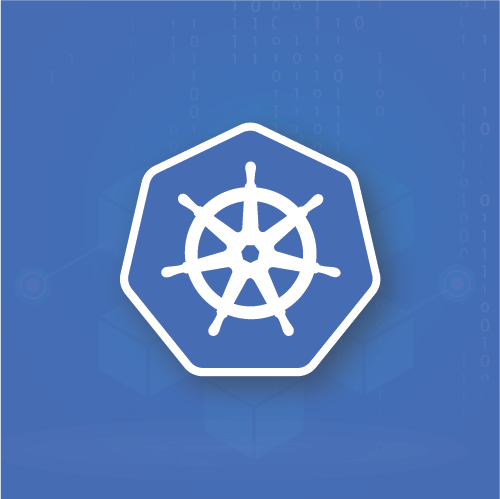Emotional intelligence is one of the most significant and irreplaceable advantages of manual testing. Does AI replace manual testers? Will testing become totally automated? So many questions have been raised in the last few months.
Let us recall the importance and significance of manual testing throughout the software development lifecycle.
Manual testing evaluates software quality and assists in verifying and validating the quality of the test object. Depending on the software development lifecycle, manual testers may be involved from the beginning, when client requirements are set, and follow the processes in parallel. In an Agile environment, testers participate in dev pairing to assist, even in the early phases before code deployment in a test environment. Driven by user behavior and a set of requirements, including clients, legal and regulatory requirements, and software development standards, testers contribute as a crucial part of the software development cycle. Earlier involvement of manual testers working closely with developers reduces the risk of software failure in operation.
Key Points of Manual Testing
-
- Testing is performed from an end user’s perspective to verify the application meets specified requirements.
- Manual testing can identify hidden defects in the software.
- It requires great effort and time, but human intelligence brings higher value in the process of validating software performance.
- Besides defined checks in each test case, testers can detect possible issues during test execution that are not planned or impossible to predict before testing starts. Tester’s intuition and expertise help manual testing achieve more comprehensive test coverage.
- Manual testing relies on test scenarios defined based on project documentation and specified requirements.

Challenges and Trends in Manual Testing
Defining standardized criteria for comparing actual and expected results remains one of the biggest challenges. Since the product’s success relies on human effort, manual testing faces several challenges in today’s development processes. Positioning humans as the biggest advantage opens the need for continuous development of tester skills and the process itself in many aspects.
Some of the most common areas are
-
- Optimizing test execution time.
- Setting clear and measurable criteria.
- Increasing test coverage with a carefully defined scope of test scenarios.
- Focusing on skilled manual testers with strong domain knowledge driven by the fast evolution of various tools and AI-assisted technology.
- Keeping a balance between testing and timely delivery.
- Identifying manual testing limitations on time and selecting automation tools to address these challenges effectively.
Testers play a crucial role in shaping test objectives.
Testers are actively involved in setting test goals and objectives, giving high value to their domain knowledge. They help to transform each requirement into a measurable instance and identify potential risks. Test objectives are dependent on context. A well-defined basis is a precondition for delivering reliable software products.
The main goal of manual testers is to exercise the software and observe it. Does manual testing require deep tech knowledge? The deeper, the more powerful. Human presence plays the main role in ensuring software quality. Many tools and scripts, nowadays, including AI-assisted technology, lower the efforts for most of the repetitive tasks, for example, regression testing, to support CI/CD process, standards verification, accessibility, and designed end-to-end scenarios with predefined test data.
Where the manual tester role takes place is the custom business domain knowledge and logic behind it. Testers with domain knowledge can assist in the code review process and warn even before the code is deployed for testing. Manual testers have many opportunities to grow professionally, as one of those specializations is technical test analysis. By getting familiar with the project’s programming language and code structure, testers can contribute to lowering the risk by early identification of potential gaps or missing logic implementation.
The Business Value of Testing
Testing is oriented to support software quality by establishing measurable metrics and to identify the discrepancies between planned vs. released. Testing is focused on defect prevention and identifying the defect before release. For some, the fix would be tested and delivered before product release. In contrast, for others, testing helps teams identify defects before release and document them, whereas later companies may provide alternative solutions until a new version is delivered. On a higher level, testing strengthens the company’s reputation and guarantees product development quality.
Importance of Shift-Left Testing
This approach is most frequently used in Agile SDLC, where testing starts with development activities and is often executed in parallel. Different SDLS may also perform shift-left testing. By moving the testing to the left, this proactive testing methodology focuses on early bug detection. Besides the impact that testers will have in the early phases of the development process, this will help them rationally plan and organize the test activities to achieve better test coverage.
There are Four Types of Shift-Left Testing
-
- Traditional shift-left testing moves the testing between unit and integration testing. This testing is mainly done using unit testing tools and API automation tests to test the module.

-
- Agile/DevOps shift-left testing is one of the most popular challenges today. Agile processes, where delivery is organized in short and continuous cycles, set the testing as early as possible in the software development process. It provides faster feedback and reduces the time and effort needed to fix bugs after deployment.
- Model-based shift-left testing, testing the requirements, architecture, and design models in the early stages before software becomes available.
- Incremental shift-left testing is most suitable for large and complex systems. It shifts both developmental testing and operational testing to the left. The incremental approach divides them because of the complexity and difficulties of managing the tasks. It delivers them in smaller pieces, supporting each component’s incremental development cycle and testing.
This approach does not replace the testing later. Shift-left testing is an additional cycle of testing implemented in the SDLC, where the focus is set on:
-
- Specification review. It will help testers detect potential defects, ambiguities, incompleteness, and inconsistencies.
- Write test cases before the code is written and have the code run in a test harness during code implementation.
- Run automated tests for the newly deployed code right after its deployment. It is important for CI/CD processes when code changes very often, and new implementations are deployed.
- Performing static analysis of source code before dynamic testing, or as part of an automated process
- Performing non-functional testing at the component test level, where possible. This is a form of shift-left testing as these non-functional test types tend to be performed later in the SDLC when a complete system and a representative test environment are available.

Crowdsourced Testing – Why and Why Not?
Combining outsourced testing with beta testing creates the popular Crowd testing trend. But how safe is it, and which products can be delivered to outsourced parties for beta testing?
Crowd testing is a dynamic approach to software testing in which a global group of professional or beta testers joins to test the software product under real-life conditions. There are no norms, rules, or limitations, so it is an open gate for attackers to explore a product’s weak points.
Crowdsourced testing, a manual software testing type, provides a wide range of testing capacity with different testing skills to examine the system without pre-established test cases or previous exposure to the system. These testers use various devices, operating systems, browsers, and carriers to evaluate the product. It provides direct access to an actual target audience, ensuring comprehensive testing across different geographies and user scenarios.
Key Points of Crowd Testing
-
- Continuous Testing: Crowd testing helps companies assure overall quality and stable workflow.
- Bug-Free Releases: Prevent bugs that could harm user experience and avoid excessive rework by identifying issues before release.
- Global Reach: Test anywhere in the world, with testers available from different countries worldwide.
- User Experience Focus: Crowd testers emulate real user behavior, providing valuable insights into user experiences.
- Comprehensive Testing: Cover functional, usability, and localization testing, as well as gathering user feedback.
- Time and Cost Savings: Crowd testing is fast and cost-effective, delivering high-quality results.
- Global Testers: Reach testers across the world, ensuring diverse perspectives and expertise.
- Device Diversity: Test on any device that the target audience uses.
- Quality Reporting: Testers provide expert feedback, improving issue reporting.
- Dedicated Project Management: A project manager oversees the entire testing process, reducing management overhead.
- Bug Discovery: Exploratory testing uncovers bugs that automated testing might miss. It taps into the “unknown unknown” region of understanding.
- Innovation and Creativity: Testers apply domain knowledge, intuition, and critical thinking. They break away from rigid rules, encouraging creativity.
- User Experience (UX): Human behavior emulation for UX testing requires manual testers. They analyze the software based on end-users’ needs.
- Comprehensive Testing: Explores blind zones of automation testing, expanding test coverage.
All the pros mentioned above lead us to ask the main question:, what kind of software product can be the test subject of this test approach? Strict regulations for data privacy protection, geolocation access, importance, and trustworthiness of the software, for example, the banking or insurance systems, a system for private hospitals, and software for archiving data for national institutions that require a high level of confidentiality and security should never be subject for testing with global testers.
In this case, the company can sign an agreement with respective parties to be involved in the test process as a beta testers group but with high confidentiality and legal responsibility. Crowdtesting remains a promising approach for mobile and online applications and websites with a strong customer focus. As suitable as social media platforms, games, etc.
AI Revolution Sets Tester's Skills in Focus
The rapid growth and changeable environment, supported by the continuous evolution of new technologies and tools, impacts manual testing. They are expected to become more skilled than ever before, focusing on analytical skills and knowledge of a wider range of technologies needed to support the development of more complex software solutions.
Organized into three main groups, these are the most required testers’ skills:
Technical Skills
-
- Efficient Programming Knowledge: Understanding different programming languages, databases, and operating systems.
- Use of Automation Tools: Familiarity with automation tools and fast adoption of new automation trends, version control systems, and continuous integration and deployment pipelines.
- Understanding of Software Testing Techniques: Knowledge about document preparation, test preparation, testing procedures, and issue tracking.
Soft Skills
-
- Analytical Reasoning: This skill is essential for dissecting complex software systems, designing test cases, and identifying potential issues.
- Communication Skills: Testers often communicate with several stakeholders both verbally and in written format.
- Attention to Detail: This skill is critical for spotting even the smallest inconsistencies that could lead to bigger problems.
- Business Awareness: Understanding the business context of the software being tested.
- Organizational Skills: Manage testing processes effectively.
Emerging skills
-
- Artificial Intelligence and Machine Learning: Testing and the whole software development cycle tend to rely on AI-assistant and machine-learning tools. Understanding of these technologies is expected to become increasingly important.
How Would AI Impact Manual Testing?
Artificial Intelligence (AI) is expected to significantly impact optimizing the time and resources needed for test case creation and execution. On the one hand, it will speed up the test preparation process, while on the other, it will help optimize the testing scope based on various examples and practices collected by AI. Testing can reduce costs, time, and errors and increase coverage.
The human perspective that provides a unique approach to achieving better user experience remains a non-replaceable effort. AI is present to support the testing process with various tools, a huge collection of shared expertise, and solutions improving the testing process in various aspects. Cognitive skills, creativity, problem-solving abilities, and emotional intelligence are crucial human advantages. The future of software testing likely involves a combination of both manual testing and AI-driven automation.
AI-driven testing incorporates artificial intelligence (AI) and machine learning (ML) algorithms to improve the software testing process. It automates test execution, analysis, and decision-making. The goal is to increase efficiency, accuracy, and coverage while minimizing human labor. AI systems can precisely examine massive volumes of data, detecting minor flaws humans might miss. It completes repetitious test cases faster than humans, allowing testers to focus on more complicated scenarios. ML models learn from test results and adjust to changing application behavior. AI can anticipate defect-prone locations and guide test priority. Some AI systems automatically update test scripts in response to application changes. AI will continue to improve manual testing by making it faster, clearer, and more cost-effective. Manual testers should adjust to emerging technologies to remain relevant in today’s rapidly changing technological scene. AI-driven testing integrates human experience with machine efficiency, resulting in high-quality software products.
AI-driven testing has a crucial impact on exploratory testing.
The most significant impact of AI-driven testing is expected to be achieved in exploratory testing, where new trends will transform daily work methodologies into new, more efficient ones.
-
- Test Case Generation: AI will support the process of generating test cases by analyzing the application’s code, requirements, and historical testing data. It will help identify potential test scenarios and prioritize them based on risk, helping testers to focus on critical areas.
- Data-Driven Testing: The use of various tools will provide valuable insights by analyzing large datasets generated during testing. These insights guide testers in exploring specific areas of the application, ensuring comprehensive coverage.
- Enhanced Creativity and Efficiency: AI is present to suggest relevant areas to explore.
- Adaptability to Changes: exploratory testing adapts seamlessly. With AI, testers will respond quickly to updates and new features without rewriting test scripts.
- Uncovering Hidden Defects: Exploratory AI-assisted testing uncovers defects that automated testing might miss.
- Usability Evaluation: Testers simulate real user interactions, ensuring the application meets user expectations.
Limitations of AI-Assisted Testing
AI relies on the data available from different sources, trusted and verified, and many not guaranteed sources. This standpoint introduces many doubts related to the certainty of the AI-suggested output. Humans are those who still must approve the output, modify it, or take action that they think is needed for the software when AI cannot support it. AI performance will improve over time; it learns from each correction humans make for the output, but it will remain dependent on the shared knowledge and experiences online.
Another aspect in which AI assistance is limited is business domain knowledge. This disadvantage is crucial for complex projects built over many years, having the code adjusted to the latest changes in parts and in parts still following old principles in the code structure. AI can help generate scenarios for the most well-known business logic, but it cannot dive deep into the core and identify all possible scenarios for custom-designed systems. Human testers bring context, intuition, and domain knowledge that AI lacks. In the end, humans must verify the correctness of the test results and approve tests as passed or failed.
As the biggest challenge, implementing AI in software development processes, including software testing, IT companies are investing time in creating well-established environments to support and introduce the latest trends in their teams. Benefits and expansion are expected in a few years when AI will become more powerful because of the various experiences, data, and improvements it will gather from each project where it will be used.
Let’s Summarize!
Embracing the latest trends and adopting new practices in the early stages will help companies respond to technologytechnological challenges. Software development cycles require a fast, changeable environment, especially the Agile processes, where changes are one of the most characteristic advantages. Teams adapt and respond fast to the changes. Therefore, learning new technologies and introducing new tools, including AI-assisted testing, are now everyday challenges to every team, including all team members. One of the greatest achievements in manual testing during this period was lowering the effort to create and execute the tests with AI support. Therefore, in the future, manual testers are expected to become more tech-skillful and focus on the business domain context. Combining the knowledge of both areas, testers will effectively answer everyday challenges.


























